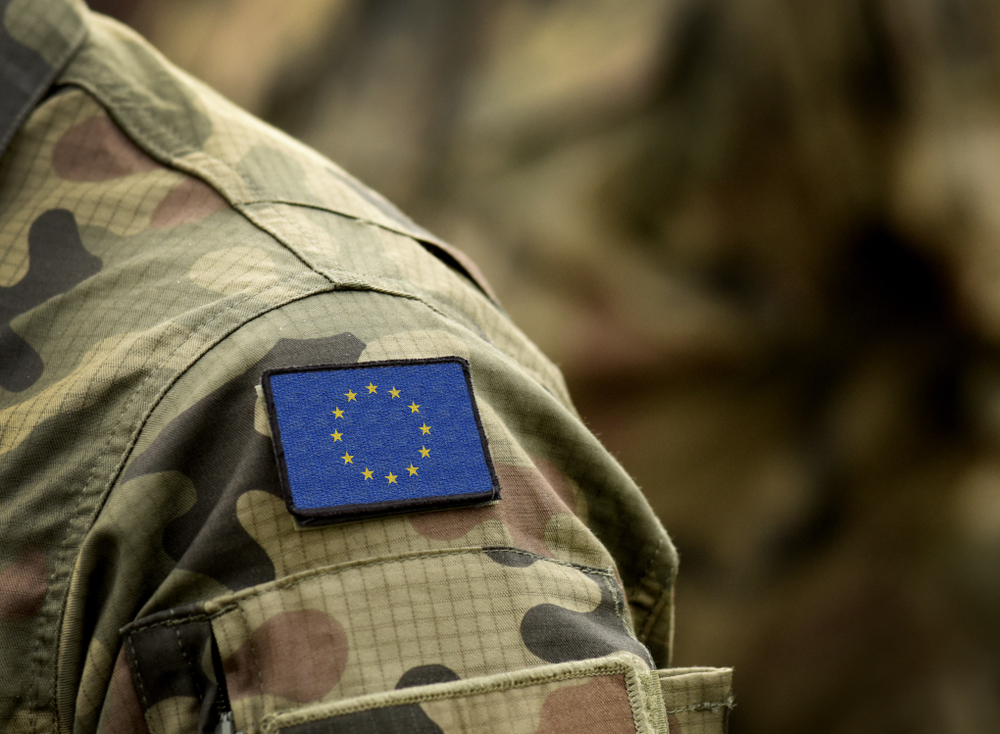Defense budgets hit $2.7 trillion in 2024 as tensions in Europe, Middle East, and Asia reshape security priorities
Others are reading now
Worldwide military spending soared to an unprecedented $2.7 trillion in 2024, marking the fastest growth rate since the end of the Cold War, according to a report released Monday by the Stockholm International Peace Research Institute (SIPRI).
Driven by ongoing conflicts such as the war in Ukraine and the Gaza crisis, defense expenditures rose by 9.4% over 2023, extending a decade-long trend of annual increases.
“This reflects exceptionally high geopolitical tensions,” said Xiao Liang, a SIPRI researcher, as reported by Digi24.
Europe and the Middle East Lead the Surge
Europe, including Russia, witnessed the sharpest rise, with military budgets growing by 17% to $693 billion.
Also read
Russia alone spent $149 billion, a 38% increase year-over-year, while Ukraine allocated $64.7 billion—an amount equivalent to 34% of its GDP, the highest ratio globally.
Germany’s defense budget rose by 28% to $88.5 billion, making it the largest military spender in Central and Western Europe for the first time since reunification.
Meanwhile, Middle Eastern powers also boosted spending.
Israel’s defense budget surged 65% to $46.5 billion amid the Gaza conflict, the steepest increase since the Six-Day War of 1967. In contrast, Iran’s military expenditures dropped by 10% due to economic sanctions.
Superpowers Expand Their Arsenal
The United States, still the world’s largest military spender, increased its defense budget by 5.7% to $997 billion, representing 37% of global military outlays.
China followed with a 7% rise, reaching $314 billion and accounting for half of all military spending in Asia and Oceania.
Within NATO, rearmament efforts are intensifying. Eighteen of the alliance’s 32 member countries met the target of spending 2% of GDP on defense—a record since NATO’s founding.
SIPRI warns that these soaring budgets will have “profound socio-economic and political impacts,” as countries divert resources from sectors like foreign aid to finance expanded militaries, fueling further global instability.

